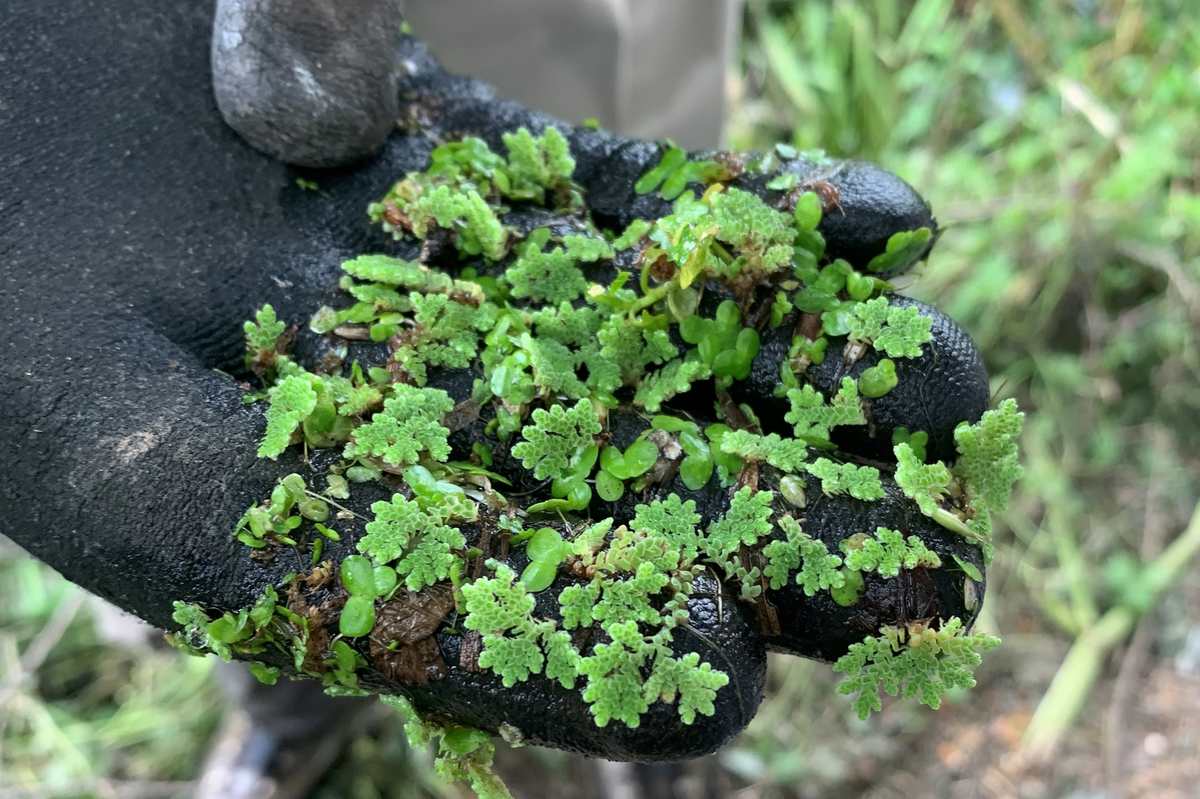Invasive Non Native Species (INNS) are threatening the health of our chalk streams - we need your help to tackle this problem together to save our rivers!
INNS are those which are introduced into environments outside of their natural range. Not all species introduced can survive in these new conditions, but a few can thrive and can cause damage to our native ecology, economy, or society. INNS can out-compete, prey upon, and displace native wildlife, resulting in potentially devastating changes to our rivers threatening the health of our precious chalk streams.
The Test & Itchen INNS Project is an ambitious multi-year partnership aimed at reducing the impact of invasive non-native plants and mink on our valuable native wildlife and habitats! Over the next few years, Wessex Rivers Trust’s new Project Co-ordinator will be working alongside partners including the Environment Agency, local councils, landowners, volunteer groups and other NGOs to address INNS within the Test and Itchen catchments. We’ll be working together to monitor and minimise the new and emergent INNS, aiming to eradicate or minimise the impact of INNS on the Test and Itchen catchments.
The first stage of the project has identified 12 invasive non-native plant species and the American mink (Neovison vison) to be a particular threat to the Test and Itchen:
Top 12 Target Invasive Non-Native Plant Species:
- Himalayan Balsam (Impatiens gladulifera)
- Orange Balsam (Imaptiens capensis)
- Japanese Knotweed (Fallopia japonica)
- Giant Knotweed (Fallopia sachalinensis)
- Knotweed (Faloopia x bohemica)
- Giant Hogweed (Heracleum mantegazzianum)
- American Skunk-cabbage (Lysichiton americanus)
- Monkey Flower (Mimulus guttatus)
- Floating Pennywort (Hydrocotyle ranunculoides)
- Water Fern (Azolla filiculoides)
- New Zealand Pygmy Weed a.k.a. Australian Stone Weed Crop (Crassula helmsii)
- Parrots Feather (Myriophyllum aquaticum)
The majority of these are generally found on the river banks, with the last four being aquatic species found submerged or semi-submerged in the river channel and along the margins.
This is a national issue with some very real local consequences. A bankside full of shallow rooted Himalayan balsam (Impatiens gladulifera) will die off in winter leaving an entire bankside exposed and vulnerable to erosion, which can impact native plants, fish and insects. Similarly, the aquatic water fern (Azolla filiculoides) colonises the marginal areas of the river and forms mats on the surface of slower moving river sections. These dense mats of water fern block out sunlight reaching native aquatic flora, and have the potential to alter river flows.
In the case of the mink, these opportunistic predators are linked to the collapse of Water vole populations in the UK. We know many landowners are already dealing with mink on their properties, and we want help create a mink monitoring network throughout the Test and Itchen catchment to better inform a coordinated programme of control to protect our fish and water voles.
How you can get involved
By spring 2022 we are aiming to build a network of committed volunteers to help us tackle INNS in the Test and Itchen catchment. We’d love to hear from you if you’re already involved in any INNS work, including mink control, or would like to join our network in the future! Get in touch with our project co-ordinator Courtney via
courtney@wessexrt.org.uk and keep an eye out on our website and social media pages for future opportunities!

